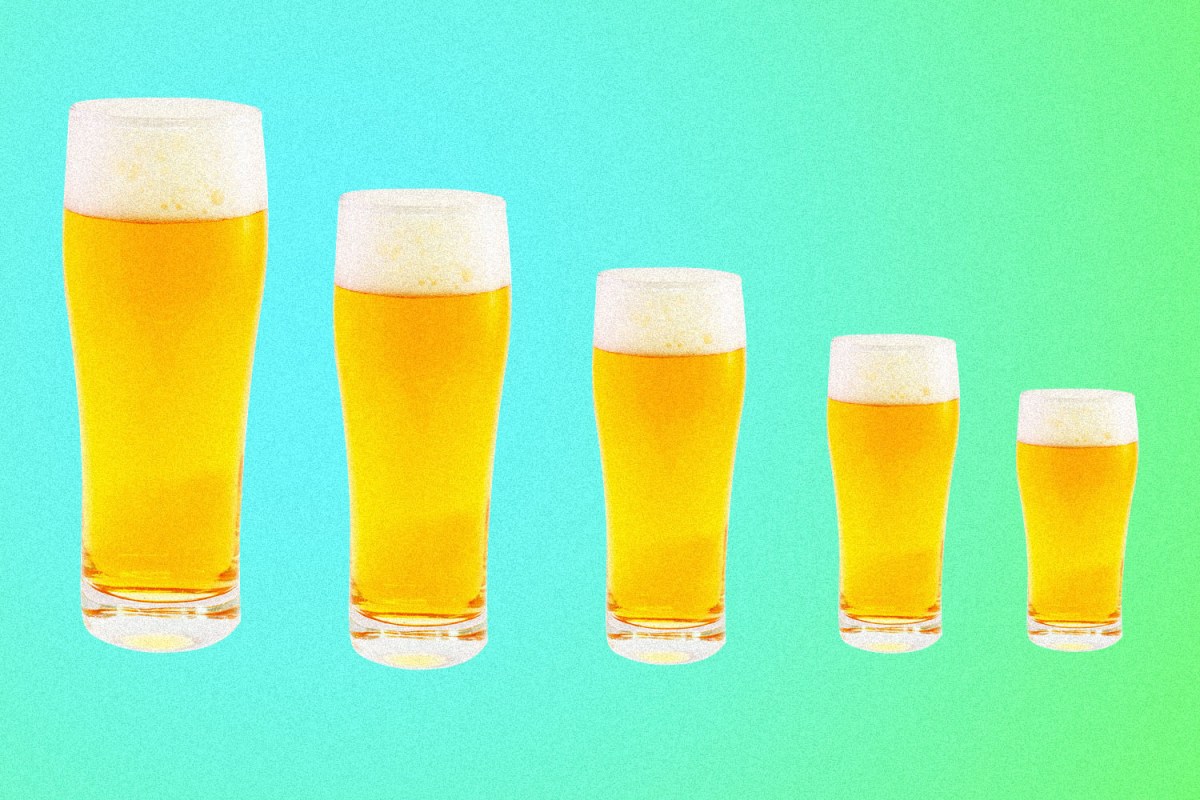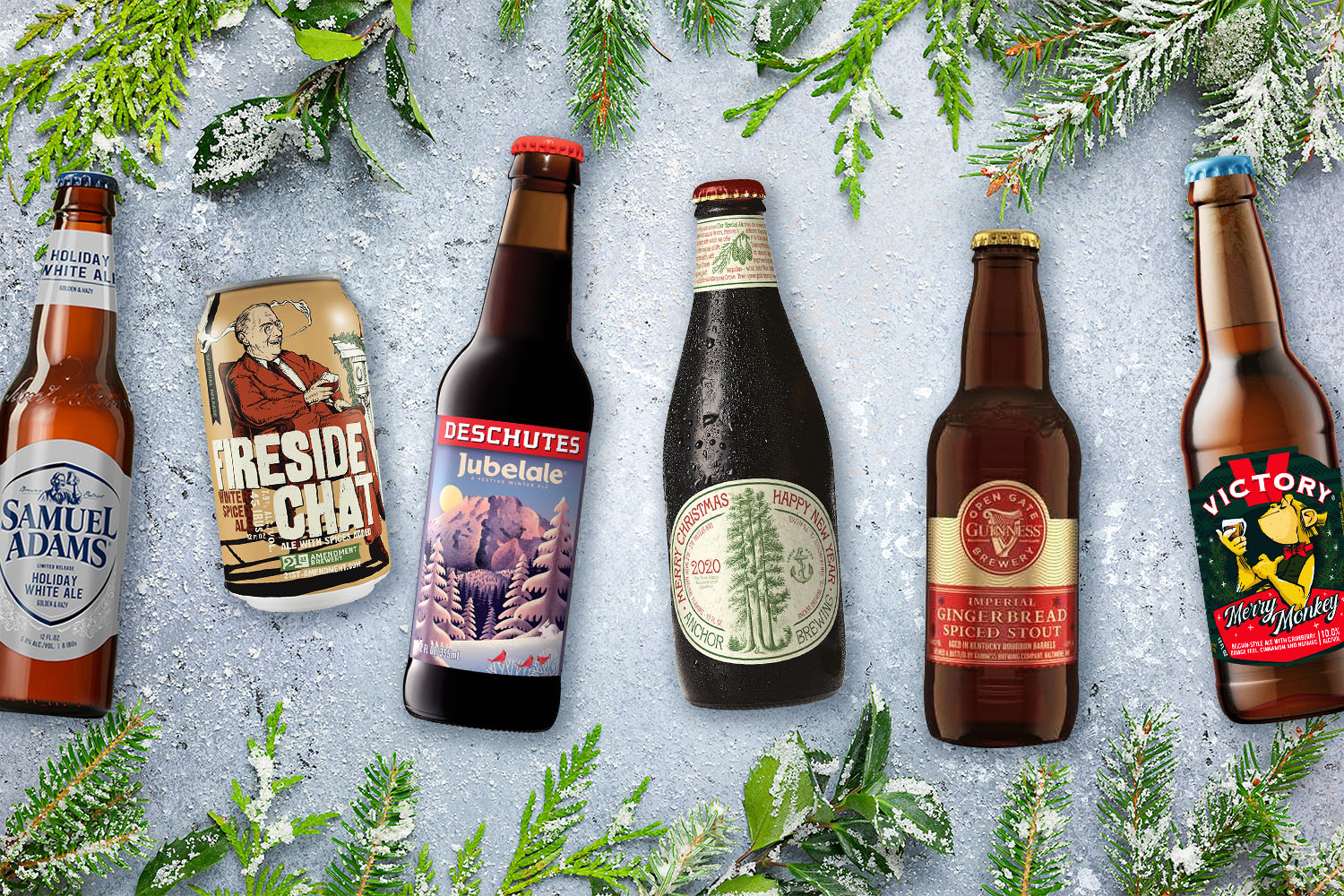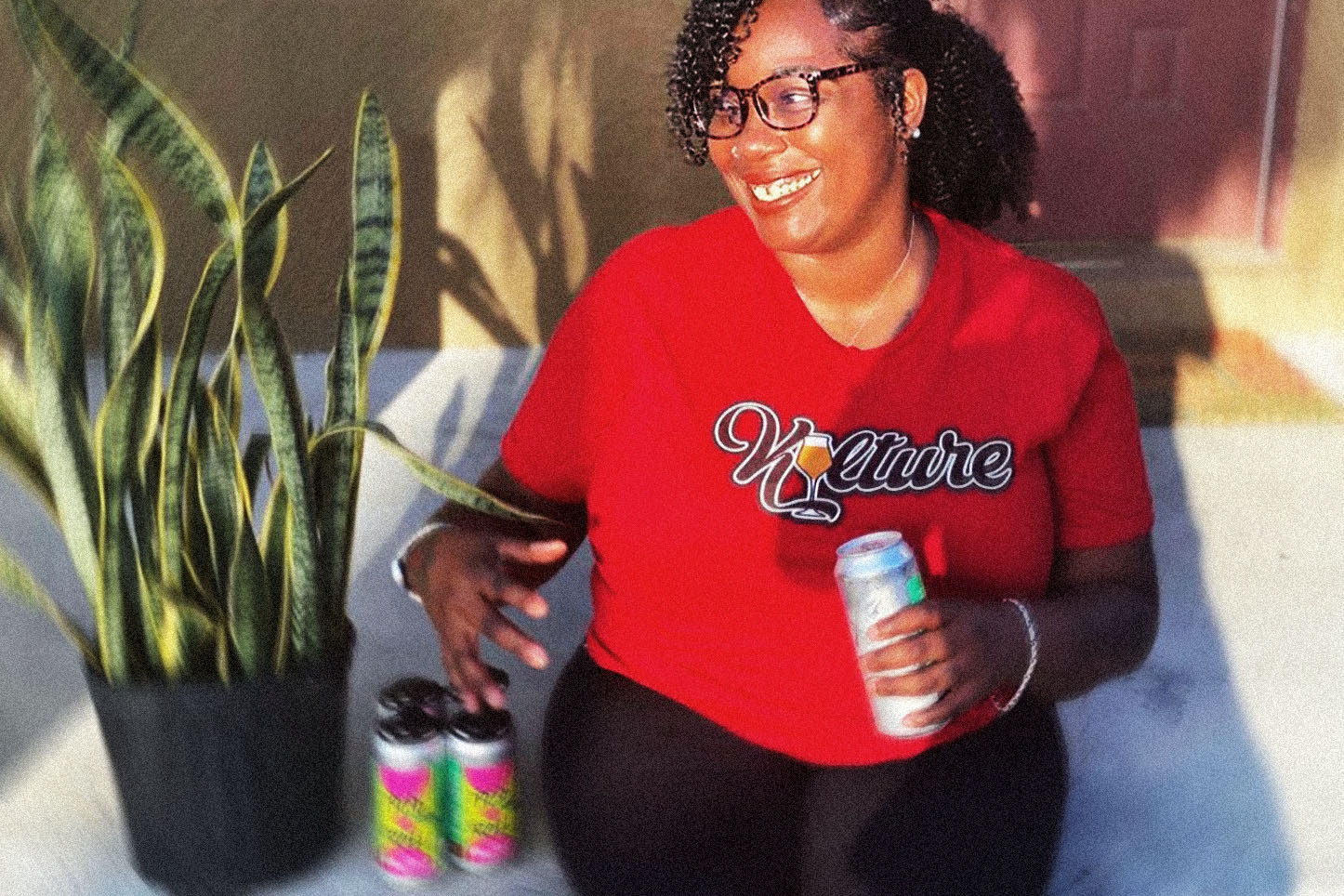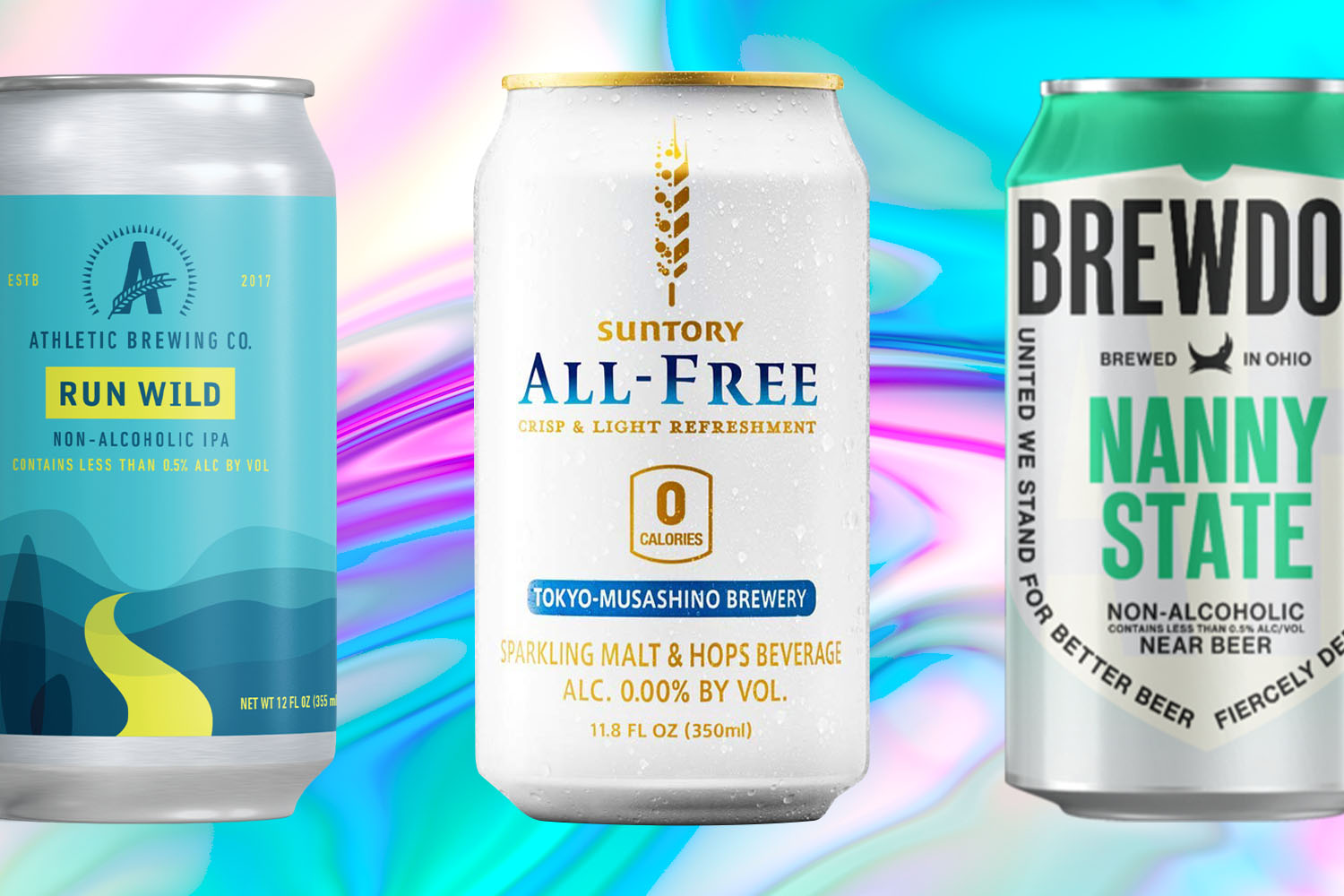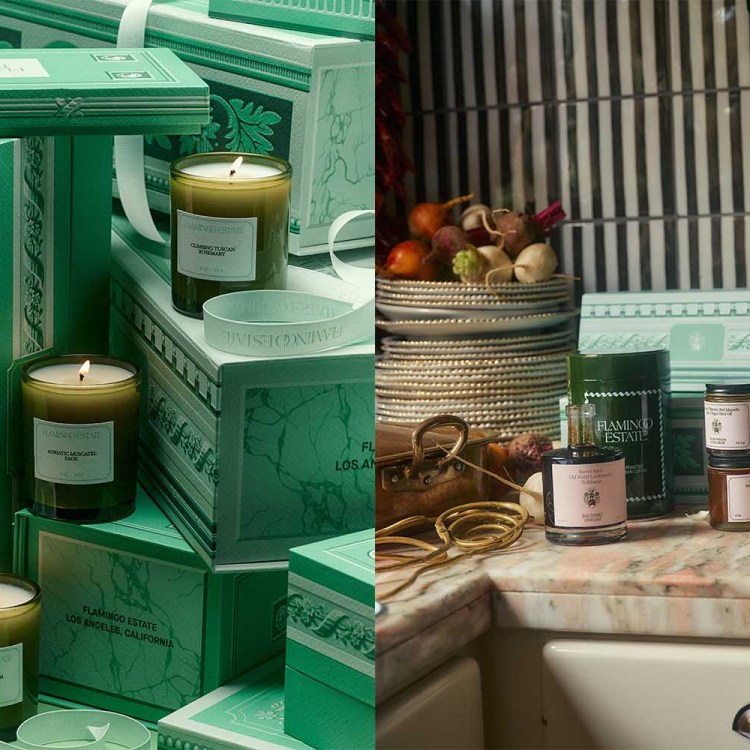Like plenty of people during the pandemic’s stressful spring onset, Pete Ternes started drinking earlier in the day. The co-owner of Chicago’s Bungalow by Middle Brow, a bakery, pizzeria, market and brewery, stuck with coffee until 10 a.m. or so, then switched to wine and beer around noon.
“We did that for a solid three weeks until we all looked at each other, like, ‘We need to stop doing this and get back to real work,’” Ternes says. “Life is going on.”
As Ternes and his coworkers retrofitted Bungalow for a malfunctioning world, daytime drinking was fun but not functional. The issue was alcohol content. “If it were 2%, we could probably drink it and get back to our day,” he says. “But nothing like that existed. It’s either [a Light beer] or otherwise just garbage.”
Head brewer Bryan Grohnke addressed the issue with the lunchtime-friendly By Day, a 2% ABV beer inspired by the British mild. The nutty beer is nuanced with toffee, chocolate and dark fruit, packaged in a 12-ounce can that’s perfect for pounding without dulling wits. “We like to drink and not get knocked down and fall over midday,” Grohnke says.
American brewing excels at alcohol extremes. Darkly bruising imperial stouts and boozy and fruity double IPAs are brewed alongside bright nonalcoholic IPAs, on-off switches for alcohol consumption. “Low alcohol” traditionally meant lagers around 4 or 5% ABV, leaving those lesser numbers alone.
But as nonalcoholic beers erase their flavorless stigma, low alcohol has become a bigger lure. Look at Miller64. Its 64 calories once served as the sales pitch; now the marketing copy promises a “dry-ish January with a lighter beer-ish kind of beer,” the alcohol advertised at 2.8%.
Now breweries are navigating new frontiers of low-alcohol beers that balance big flavor with wee buzzes, suited for tasteful moderation and steady consumption. “I like to have volume, but I don’t want the effects of it all the time,” says Chris Lohring, the founder of Notch Brewing, in Salem, Massachusetts.
Hard cosign. I’ve written professionally about beer for more than 15 years, and I’m here to tell you that it’s pretty easy to get plastered. A couple double IPAs will quickly free you from sobriety’s rational clutches, and a couple more will plant you on the couch or floor. Staying the course while consuming beer is a real skill, and one that requires the right tools to master.
During Barack Obama’s second presidential term, session IPAs seemed poised to be the key to moderating intake with massive flavor. The idea was sound in principle: give all those 7 and 8% IPAs — bitter and citrusy, piney and pungent — an alcohol haircut. Take a little booze off the top and you’re good to go … and go … and go.
Save for Founders All Day and a handful of other notables, most session IPAs flopped worse than a third-rate soccer forward. The problem was twofold, starting with formulation. “People thought they could just brew a lower-ABV IPA and didn’t really take into consideration the technical brewing changes needed to create balance,” says Jack Hendler, a founder of Jack’s Abby Craft Lagers, in Framingham, Massachusetts. That meant thin and super-bitter booze water.
Secondly, session beer struggled because it lacked definition. The U.K. has a rich tradition of low-alcohol ales, including the bitter and mild, that lubricate pub culture. In the U.S., everything from stouts to saisons and, yes, IPAs could be a session beer, the alcohol content fluctuating from 3 to 5%. “No one understands what a session beer is,” Hendler says. “Everyone has their own idea.”
Hendler in particular. This year, he launched the 2% Beer Initiative, exploring micro-strength versions of farmhouse ales, pilsners, British milds and even New England IPAs. He identifies each beer’s key metrics, including carbonation, bitterness and residual sweetness, then translates them into beers that are half the strength. He uses flavorful grains and intensifies a beer’s malt character and body through a brewing process called decoction.
“We want every spec to be the same, other than the alcohol,” he says.
Don’t expect to find these beers in the bargain bin. Jack’s Abby might use slightly less raw materials for its 2% beers, but making them requires extra procedures that add complexity to a brew day. “They’re not cheaper,” Hendler says.
Maintaining taste is essential, especially since low-alcohol beers can be perceived as cut-rate. “As a brewery, we’re very aware that people think that session beers are watered down,” says Notch’s Lohring. “They’re not. These beers are built from the ground up.”
Lohring founded Notch in 2010 on the notion of session beer, specializing in German lagers, Czech pilsners and other European beers that hover around 4% ABV. Beers in his Here Comes a Regular series go a couple steps lower, resting near 2.5% ABV. “I personally wanted a beer I could drink by the liter but have half the alcohol content,” he says.
I wish I said those words. I also dig drinking beer by the multiples, sometimes too much so. Like the world’s worst superhero villain, a fun midnight fast transforms into a static-brained 6 a.m. — the rise-and-grind hour for parents like me. Homeschooling with a hangover is a fresh form of 2020 hell.
Kyle Kohlmorgen understands the perils of parenting under the influence. Soon after his son Walter was born five years ago, he started homebrewing a snappy saison buoyed by rustic spelt and buckwheat, then seasoned with Sorachi Ace hops — lemon and dill delivering fragrant thrill to a little beer that sat slightly north of 3% ABV. “That was a way I could have more beers,” Kohlmorgen says.
The beer he’s describing is Buck, a mainstay at Wellspent Brewing Company, the brewery he founded in St. Louis in 2018. “We started the brewery with the intent to make mostly low-alcohol beers,” he says.
Making low-alcohol beers is a return to tradition. Look at England in the late 1800s and early 1900s, where the light dinner ale, or family ale, offered a moderate option for imbibing. “It was considered a very genteel way of drinking,” says Garrett Oliver, the brewmaster at Brooklyn Brewery. “The modern family man would be at home drinking a light dinner ale.”
Over the past several decades, Oliver has constantly explored the idea of “a little bit, not too much.” He’s brewed a dry Irish stout called Black Light, a featherweight at 2.5%, and the unfiltered Half Ale, a 3.4% saison. Now he fills his fridge with the bright and affable Halfling, the brewery’s new 3.5% pilsner. It matches taste to utility.
“If I’m having friends over and we’re planning on drinking other things, we start off with Halfling,” he says. “It’s kind of a holding pattern.” Science supports that statement. The human body can process around one standard drink per hour, averaging out to a 12-ounce serving of 5% beer. Tip back more beer, and you’ll start to get tipsy. “You have a certain limit of processing power,” Oliver says.
Dropping alcohol lets these beers reach stomachs during different occasions and times. “I see an opportunity for low-ABV beers to be another option in consumers’ craft drinking experience,” says Goose Island R&D brewer Quinn Fuechsl, who helped create the citrusy So-Lo. It upgrades the session IPAs by boosting the body (thanks, oats!) while lowering the alcohol to 3%, ideal for when “you want to taste a beer, but not feel a beer,” Fuechsl says.
For its part, Bungalow by Middle Brow is canning By Day beer with an eye toward the work-from-home crowd. After spending the morning Zooming, Slacking and emailing, folks can pop by the brewpub for takeout sandwiches, chips and, hey, a few 2% beers too. “It’s something they can drink and then get right back to computer work,” Ternes says. “Sometimes you just want a little more than a LaCroix.”
Join America's Fastest Growing Spirits Newsletter THE SPILL. Unlock all the reviews, recipes and revelry — and get 15% off award-winning La Tierra de Acre Mezcal.
